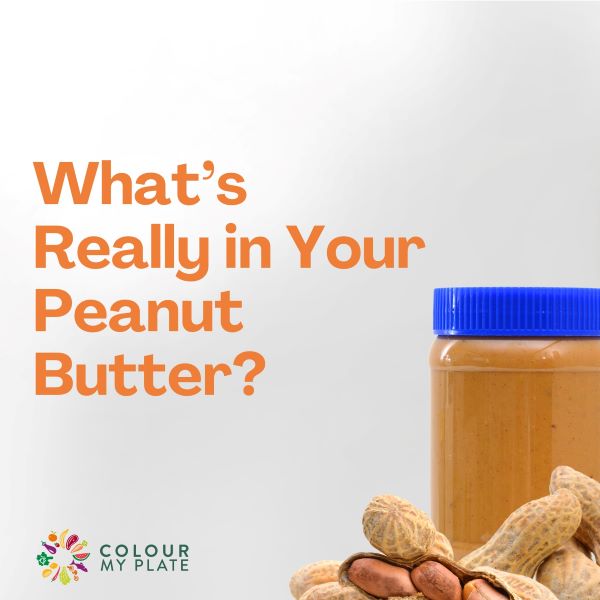
![]() 6 Sep 2024
6 Sep 2024
Peanut butter is a worldwide popular spread cherished for its creamy texture and rich, nutty flavor. It pairs well with everything from toast to smoothies. However, with its growing popularity, the market is flooded with various brands and types of peanut butter spread, making it crucial for consumers to choose wisely. The right spread can be a nutritious addition to your diet, but many options on the shelves might not be as healthy as they seem.
Many brands make misleading claims on their labels, causing consumers to believe they are making a healthy choice. Terms like “Gluten-Free,” “Dairy-Free,” and “Vegan” are prominently displayed, leading shoppers to think these products offer unique health benefits. However, peanuts are naturally gluten-free, dairy-free, and vegan, so these claims are not adding any new information but rather exploiting consumer awareness of dietary trends. This tactic distracts from the more critical aspect of the product: its ingredients.
Store-bought peanut butter often contains ingredients that are far from healthy. Common additives include hydrogenated oils such as palm oil, added sugars, and excess salt. These ingredients enhance the taste and texture, making the spread more appealing but less beneficial for health. Hydrogenated oils contribute to unhealthy trans fats, added sugars can lead to weight gain and other health issues, and excessive salt intake is linked to high blood pressure and heart disease. While these additives might make peanut butter taste great, they compromise its nutritional value.
To make healthier choices, it’s essential to scrutinize the ingredient list and nutrition facts label. Look for products that contain only peanuts and, at most, a bit of salt. Avoid those with palm oil, added sugars, and unnecessary additives. The fewer the ingredients, the better. This
simple practice can help you avoid consuming unhealthy substances and ensure you’re getting a more nutritious product.
One of the best ways to ensure the quality is to make it at home. It is simply made by grinding roasted peanuts until a paste is formed, adding a pinch of salt if needed. Homemade peanut butter is not only cost-effective but also allows you complete control over the ingredients. You can customize the texture to your preference, whether you like the peanut butter smooth or chunky. By making it at home, you can avoid unhealthy additives and enjoy a pure, wholesome spread.
Choosing the right peanut butter involves more than just picking a familiar brand or trusting front label claims. By being aware of misleading claims, understanding the impact of unhealthy ingredients, and evaluating ingredient lists carefully, you can make informed decisions that benefit your health. If you’re up for it, try making it at home for the ultimate control over what you consume. That way, you can enjoy the rich flavor and nutritional benefits without compromising your health.

We noticed you haven't completed your delivery details.

Your message is sent